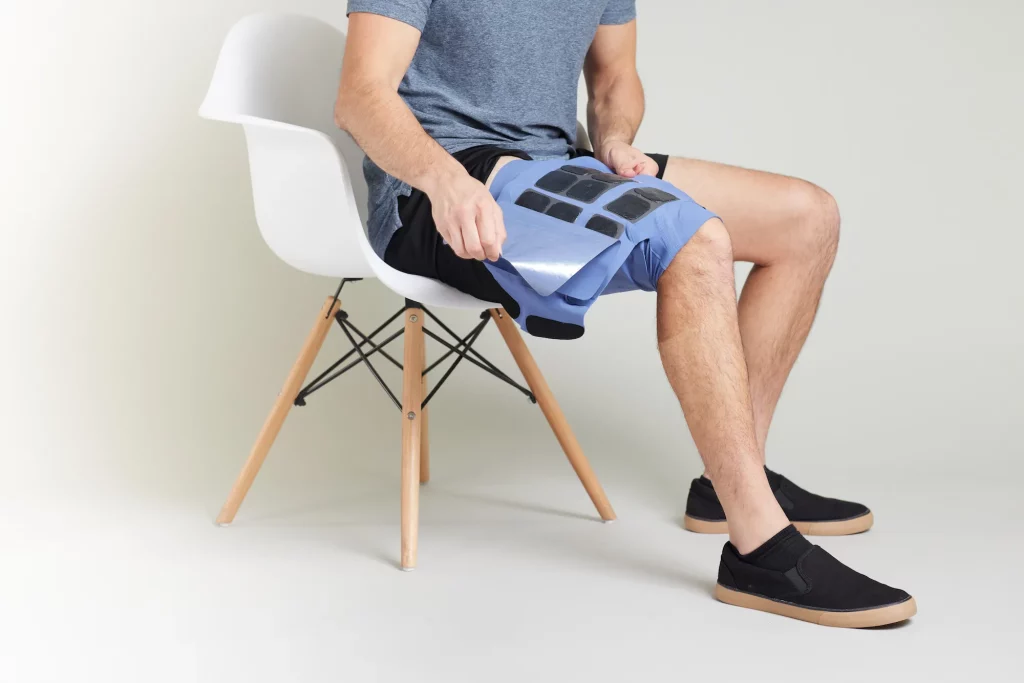
As you navigate your home and community, how often do you encounter stairs, a curb, a ramp? Do you ever need to step over a child’s toy left on the ground or a puddle on a rainy day? Is there a doormat at your doctor’s office or a throw rug at your aunt’s house? Do you want to improve your foot drop? Not only are our environments designed for people who are able to walk, they are designed for people who are able to walk with a typical gait pattern. However, for many people with atypical gait patterns these situations pose a challenge to accessibility and a potential risk for falling.
What is Foot Drop?
Foot drop results in one such atypical gait pattern. It is a term used to describe the inability to dorsiflex, or raise the front part of the foot, due to weakness or paralysis of the muscles in the front of one’s lower leg. This can lead to the toes dragging during walking, or stepping over an object, or climbing stairs. Foot drop is a common symptom of many neurological conditions such as Multiple Sclerosis, Stroke, Traumatic Brain Injury, Spinal Cord Injury, and Cerebral Palsy.
Additionally, foot drop may also result in the ankle inverting, or turning inwards. When the heel strikes the ground during walking and an individual puts weight on the foot, the ankle may have the tendency to roll in which can lead to instability, ankle sprains, and falls.
Risks and Challenges For People with Foot Drop
Because of these challenges associated with foot drop, many people are afraid of falling or have fallen in the past. It is not uncommon to plan daily activities to avoid situations where one may have to navigate stairs or walk on an uneven sidewalk. This fear of falling can decrease confidence which can further lead to decreased mobility, and decreased independence.
Walking with an atypical gait pattern such as foot drop, often requires more energy and can be physically exhausting. It can also be mentally taxing since individuals may need to concentrate on each step in order to avoid catching a toe and falling. This is energy spent that could have been used on more enjoyable activities such as spending time with friends and family.
The Cionic Neural Sleeve Foot Drop Trials
The team at CIONIC understands these challenges and has developed the Neural Sleeve to address them. The Neural Sleeve is bionic clothing that uses electrical stimulation to assist in the contraction of an individual’s own muscles in the leg. CIONIC is dedicated to conducting research to demonstrate the effectiveness of the various applications of its device. One such application is improving the kinematics of the ankle in individuals with foot drop.
The team recently completed a trial investigating the improvement in dorsiflexion and inversion during gait in people with foot drop due to a variety of neurological conditions. When subjects walked with stimulation provided by the Neural Sleeve compared to walking without stimulation, dorsiflexion at heel strike improved by an average of 5.2 degrees while inversion during the swing phase of gait was reduced by an average of 3.6 degrees. In day-to-day life this means the toes no longer drag and the ankle is more stable during walking. With a more typical gait pattern energy is conserved and the mental load of thinking about each step is reduced. Individuals feel more confident in their walking in a variety of environments and therefore have greater access to their homes and communities.

As part of our commitment to leading innovation with sound science, we are submitting our article for peer review. We will receive feedback and answer any questions from the scientific community over the coming months. If you are interested in reading a preprint of the study you can find it here
This study gets us one step closer to our mission of empowering all those with mobility impairments to live independently.
Improve foot drop with the Cionic Neural Sleeve
If you are interested in learning more about the Cionic Neural Sleeve and how it can improve foot drop, please click here.





